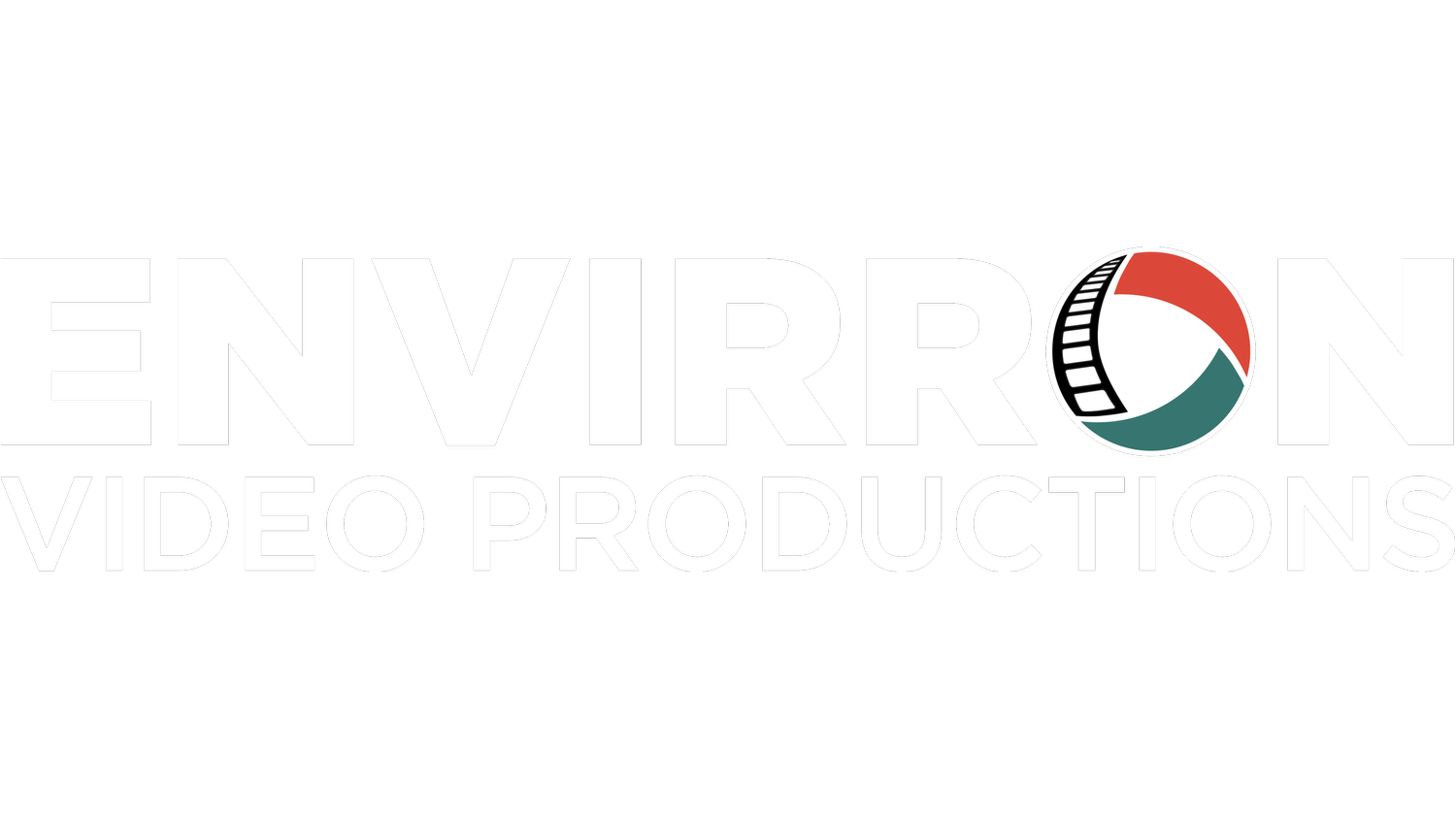When you think of the advantages that video advertising has over traditional forms of advertisement, cinematography, and editing might not be the first thing that comes to mind. However, many subtle perks of video advertising make it even more powerful. A few of these are the use of cinematography and editing.
When done right, angles and cinematography can significantly impact viewer engagement and attention. They can also be used to communicate emotion in a much more nuanced way than other types of advertisement. With the right camera movements, lighting effects, and color grading techniques, videographers can create impactful visual storytelling without relying so much on dialogue or subtitles. When it’s done right, you shouldn’t notice it; it will feel organic.
Of course, we have our most commonly used shots, like the following:
The Close-up
A great way to depict emotions and feelings in a person’s face, bringing out the story or message more clearly.
The Medium Shot
A popular shot used in films is the waist-up view, which allows actors to communicate gestures and emotions effectively.
The Long Shot
A shot showing the subject’s whole body and range of movement, such as dancing or walking.
The Establishing/Extreme Long Shot
This shot is often used to show a landscape or place where the scene will take place. We often use this shot at the beginning of our about us videos to establish the company.
Then there are angles that evoke certain feelings. Not only does this help advertisers get their message across more powerfully, but it also makes videos stand out from other forms of advertisement. By strategically using angles and cinematography, advertisers can create captivating visuals that will stick with viewers long after watching the video.
For example:
The Low-Angle Shot
A shot that positions the camera at a low angle creates the illusion of making the subject or setting seem grand or even threatening. It can emphasize a particular person’s power or portray a grim situation. This technique is often used in films and television to heighten the drama of a scene and draw viewers into the moment. This technique also effectively conveys emotion and creates an impactful message in commercials. We use high angles all the time to make our clients feel powerful!
The High-Angle Shot
On the other hand, the high angle represents powerlessness; depicting the subject in a vulnerable or powerless manner can evoke a maternal instinct from the audience, which enhances their sympathy towards a character. This perspective diminishes the subject and can make a person look smaller than reality. You might see this in a marketing commercial, where the client is struggling to make sales Though there are always exceptions to this rule.
Editing plays a huge role in how you want your target audience to feel. Everything from the pace of the edit to the color grade can affect how you want your audience to feel. An oversimplified example of this would be, say, an ad that starts off with a prospective client down in the dumps because their computer is having technical issues. The color grade here might be greyer and less saturated. The pace of the edit might be slower as well. And when the IT company comes in to save the day, the color grade might become more saturated, the music might change to something more upbeat, and the editing pace picks up. Editing can change the tone of just about anything, like making The Shining seem like a comedy or Mrs. Doubtfire like a horror film.
The next time you’re at the movie theater, think about the camera angles and editing and how you feel about them. You’ll be surprised by the meaning you take away from it.
These are just a few examples of the age-old and tested techniques we employ. When chosen wisely, camera angles, cinematography, and editing can be used effectively in commercials to convey a message and promote products in unique ways. The key is for filmmakers to use their creativity and try different approaches when selecting their shots to make the most out of their projects that make the most sense in the context of the brand, product, and/or service.

